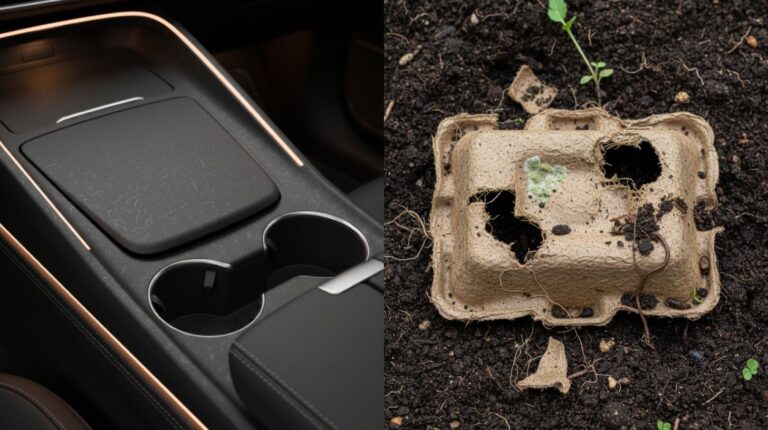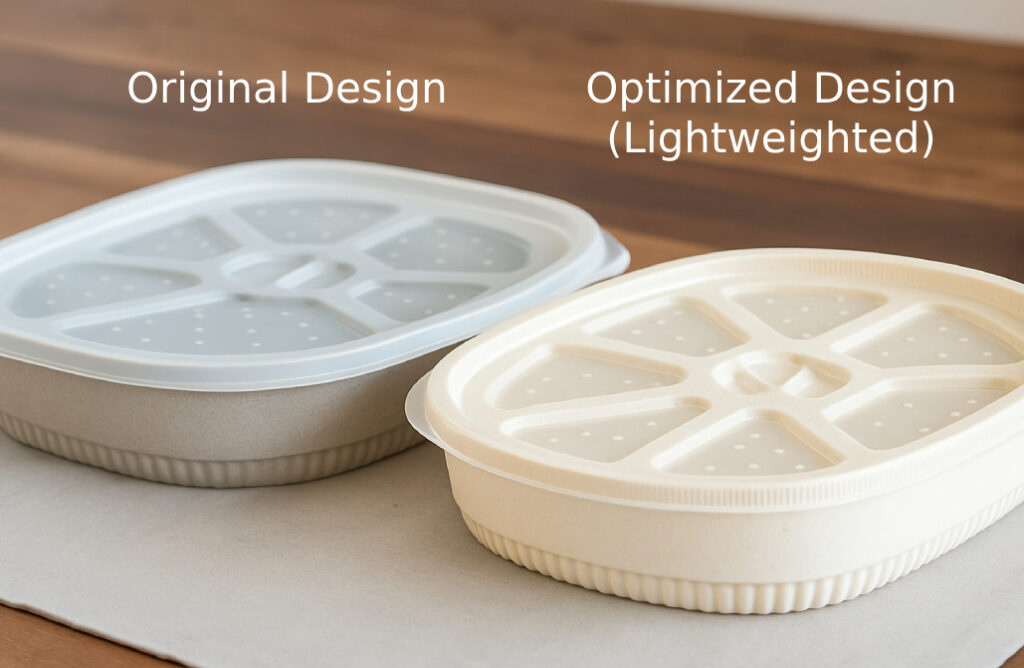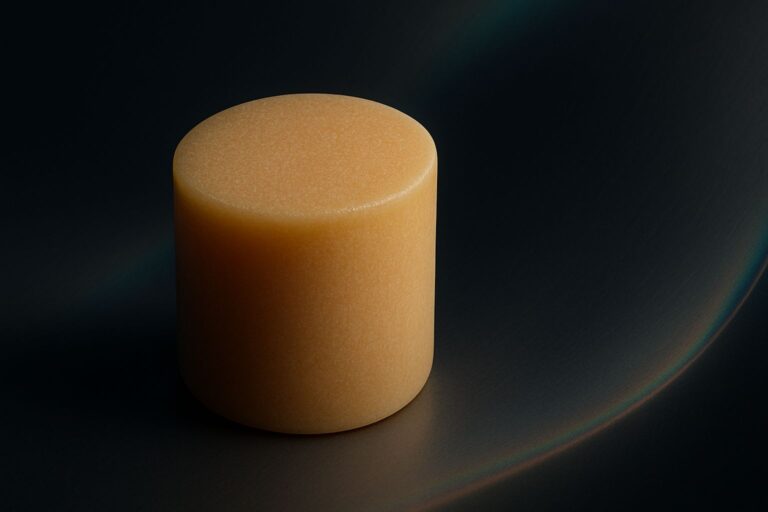
In today’s climate-conscious market, reducing the environmental impact of packaging is no longer optional. But a complete material overhaul can be costly and time-consuming. The good news is that significant carbon reductions are achievable now, without disrupting your existing production lines. Here are three effective strategies to start decarbonizing your plastic packaging immediately.
Integrate Carbon-Negative Masterbatches: The Drop-In Solution
The fastest way to lower the carbon footprint of your current plastic packaging (whether fossil-based or bio-based) is by integrating a carbon-negative masterbatch. At Biomera, our masterbatches are concentrated additives made from upcycled, carbon-sequestering biomass like sugarcane bagasse and coffee grounds.
How it works: By blending a percentage of our masterbatch into your existing polymer (e.g., PP, PE, PET), you directly displace virgin plastic resin. This not only lowers your reliance on fossil fuels but also embeds locked-in carbon into your final product, significantly reducing its overall lifecycle emissions. Best of all, it requires no new tooling or changes to your manufacturing process.
Optimize Packaging Design for Material Reduction (Lightweighting)
While choosing a better material is key, using less material is a powerful decarbonization lever. Work with your design and engineering teams to identify opportunities for lightweighting. Can wall thickness be reduced without compromising structural integrity? Can a new design eliminate unnecessary components? Even a 5-10% reduction in material per unit adds up to significant carbon and cost savings at scale. Sometimes, a high-performance additive (like a Biomera masterbatch) can even improve strength, enabling more aggressive lightweighting.

Incorporate Recycled Content (PCR/PIR)
Increasing the percentage of Post-Consumer Recycled (PCR) or Post-Industrial Recycled (PIR) content in your packaging is another proven strategy. Using recycled polymers avoids the emissions associated with producing virgin plastics and supports the development of a more robust circular economy for plastics.
The Biomera Advantage: Our carbon-negative masterbatches are highly compatible with recycled polymers. By blending our masterbatch into a recycled polymer base, you can “double down” on sustainability – you are both utilizing recycled content and actively reducing the overall carbon footprint of the final material blend. This combination creates a powerful sustainability story and a significant, measurable impact.
Making Progress Today
The path to a fully sustainable, circular economy is a journey, but meaningful progress does not have to wait. Decarbonizing your existing plastic packaging is an achievable and impactful first step.
By strategically integrating advanced drop-in solutions like carbon-negative masterbatches, optimizing design for material reduction, and prioritizing the use of recycled content, you can make significant, measurable reductions in your environmental footprint today — without compromising performance or overhauling your production lines. These strategies not only address immediate climate goals but also position your brand as a forward-thinking leader in the transition to a more sustainable future.

